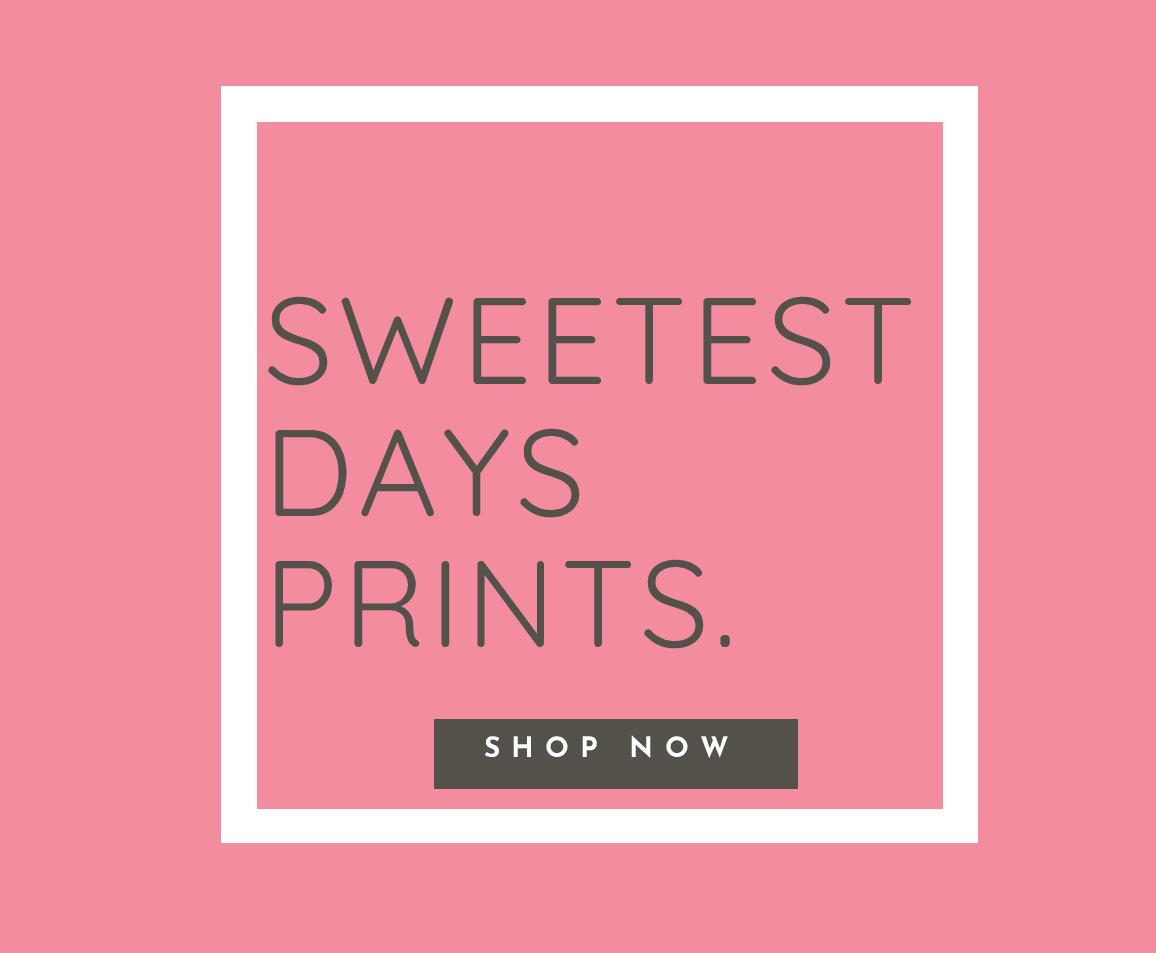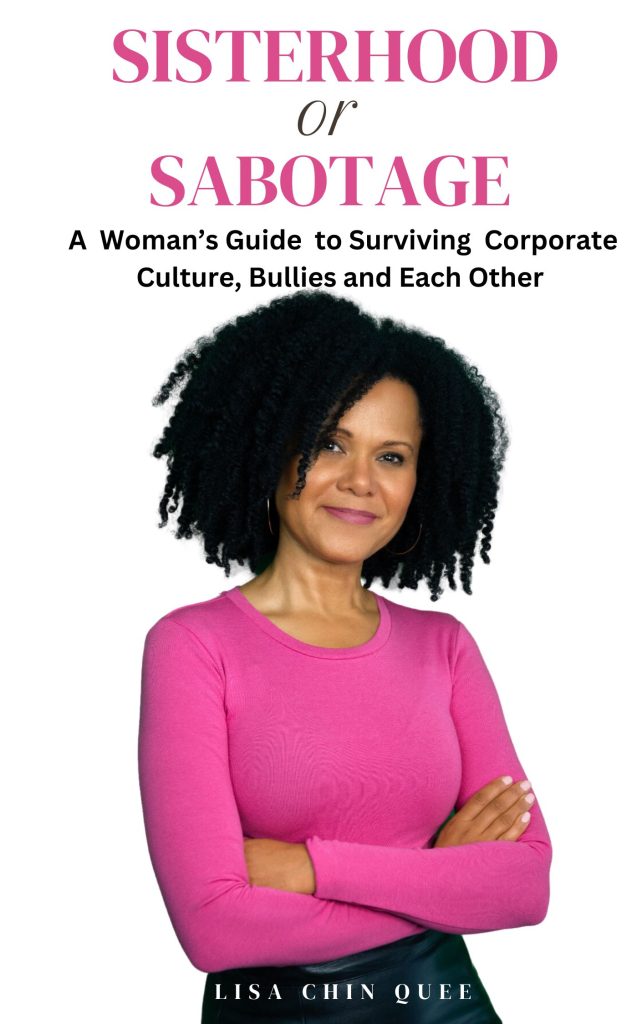I’ve compiled a list of stores that sell organic produce and products within the GTA – it is by no means a complete list of all the stores or options available but it is a good place to start. Organic foods are generally more expensive, however, as with anything else, you can find deals and the store that best fits your budget.
Nature’s Emporium
Established in…
Your mood can easily come through in your written communication as it does in person. The difference between in person and texts or emails is that it is easier to mask – this is a plus, so use it to your advantage. Be mindful of the tone of your email or text.
If you’re angry, finish the draft and let it sit for 24 hours if possible, then review and edit. If you’re in a bitchy mood…
I’m sentimental. I save things – not in a pack rat kind of way – but things that have had significant meaning in my life. I have my report card on my performance as a seven-year-old, from St. Jago Cathedral Preparatory in Spanish Town, Jamaica that travelled with me to Scarborough, a suburb of Toronto, Ontario, Canada in 1976; and have since, kept sequentially ordered, the report…
I was in Shoppers Drug Mart a couple days ago. I glanced over the magazine display as I typically do. And then: I stopped dead in my tracks. I saw something I have never seen in my lifetime. There were seven Black women gracing the covers of seven very prominent mainstream magazines. This is a big deal.
There was a time when you would never have seen this ( ahem, a few months ago). To have…
My one regret: I didn’t interview Maya Angelou when I had the chance.
When I look at this picture of myself, my eyes, what I see emanating from them is my curious spirit encouraged by Maya Angelou’s autobiographies and poems.
My life hasn’t quite turned out as I had thought it would have. But even so, I don’t have regrets with the exception of one. In my twenties I had…
I must admit the slow down of COVID-19 lock-down was a welcome break, albeit I was still working (grateful). However I didn’t have to tackle the morning commute – traffic or subway breakdowns. There was stillness in the air, a calm energy that was different. I could hear the birds chirping in the mornings – they were the main performance not relegated to the background of the…
The last four months have been crazy; crazy doesn’t even adequately describe all that has been happening. COVID-19 has forced us to be home, sit still, or binge watch movies, TV shows, YouTube, listen to podcasts, teach/entertain our children – at the moment content is king. I admit, COVID-19 has caused some personal anxiety, and is devastating for those who have lost their lives and…
Fall 1992. Detroit.
I was in my 3rd. year at the University of Windsor (after taking a year off) located in Windsor, Ontario, Canada; the border city to Detroit, Michigan.
I lived in a red brick duplex, a two bedroom converted into a three bedroom by making the supposed living room an additional bedroom – by adding a futon and a dresser – this was my room. It worked. I had two…





